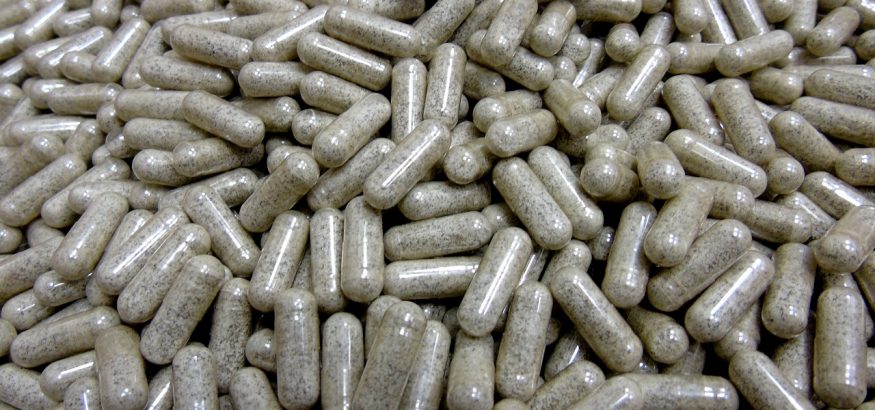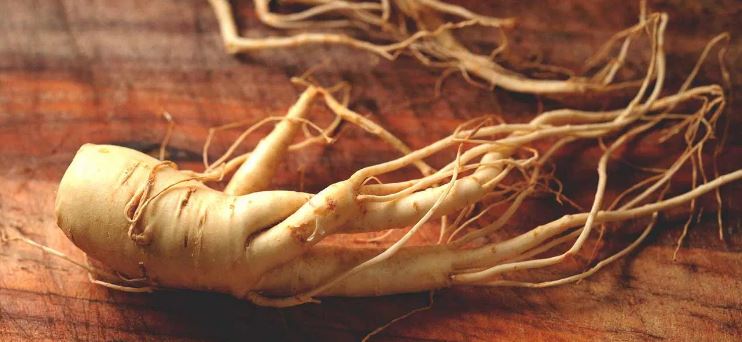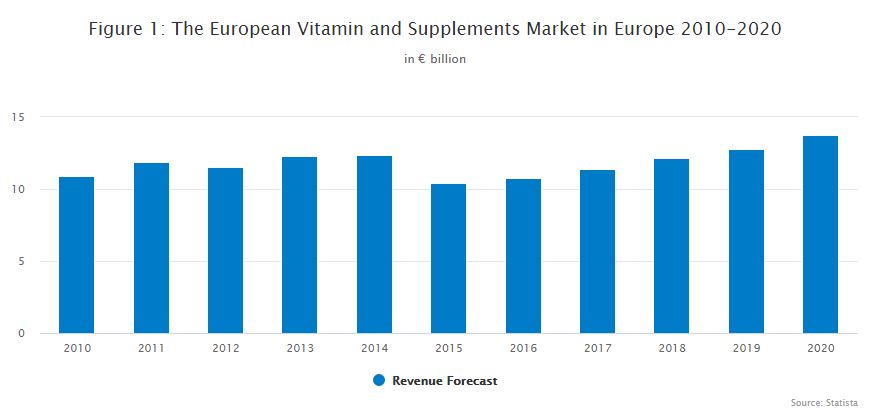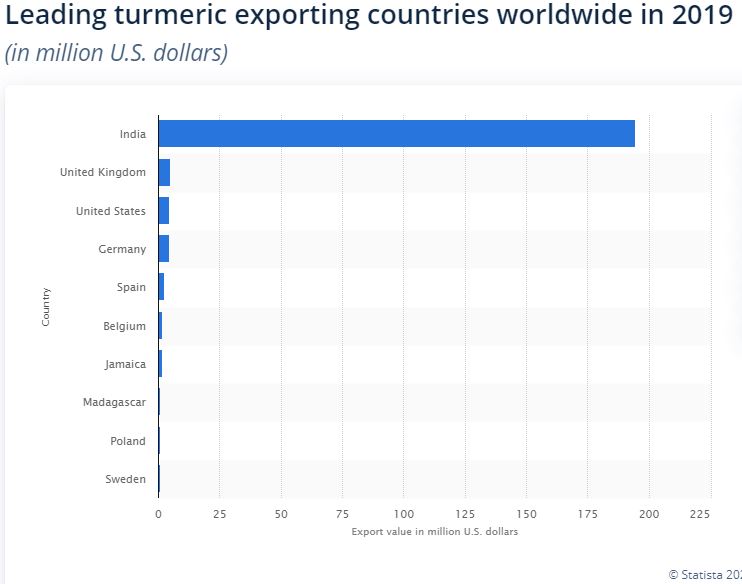The Spice Trade
Sometimes one of my clients, or someone I am working with, will ask me for my advice on supplements, or more often a single supplement. First off, they have mistakenly assumed that I have some form of supplementary expertise… and secondly, if I am close to a door, I will make a run for it.
My reticence about engaging in supplement talk comes from my childhood. Back in the late 70’s my mother worked in what was then called a “health food shop”… probably one of the first few in the country, and certainly the first in our home town. I remember it stunk. So much so that she stunk as well when she came home. Not an honest oily fatty stink like a chip shop worker. But a sneaky, spicy, pervasive, heady mix of bark, roots and vitamins. I would go in after school and the shops owner would without fail give me a stick to chew on like I was a teething puppy. I would obligingly chomp away on the mouldering twig until a feint hint of liquorice was just about detectable. He would beam at me as I pretended to enjoy his flavour bending magic, but it was all an illusion; liquorice is like catnip to pensioners, but all children hate it.
Tastes change. They have done in the health food “industry”, and trust me, from the likes of that dusty shop has spawned a global, industrial scale, mega market of “big retail”. Health has always meant wealth, but particularly if it is off the shelf. Back in the seventies it seemed to my youthfully un-sceptical mind that it was all about ginseng. What a fantastic thing this ginseng was, and it was everywhere, in tea, powders, pills, infusions, syrups and even lotions. It sounded exotic but not scarily so, more in a mystically approachable way. My mum brought home ginseng teas and even though I knew this powerful potion wasn’t for children I would sneak a sip. It was disgusting, which meant it was even more potent in my impressionable mind. She would sprinkle powdered ginseng on my dads ready-brek, which on reflection is an example of how love requires sacrifice. I would occasionally pluck up enough courage to dab my little finger in that glistening plastic brown tub when no-one was looking. One lick and I would fly down the park on my bike… that stuff was rocket dust.
And then the ginseng bubble was brutally burst for me in one afternoon. I arrived at the shop, was given my twig, and was asked if I would like to see the wooden display tray of newly arrived raw ginseng all the way from some distant country called Thailand. Would I? Are you kidding. More than meeting Mohammed Ali. Does it Glow? Is it wrapped in gold leaf? And then there it was. The ugliest, scrubbiest, knobbly, pale, shrivelled roots you have ever seen. Just roots with beardy tendrils. Roots. A box of roots. I was encouraged to pick one up and have a sniff. I did. It was a root, and it smelled rooty. That was it for me and ginseng, and I think right there, in that moment, that was it for me and supplements in general.
Ironically, you can’t keep a good root down, and over the past 40 years they have consistently appeared in the top ten of popular supplements. Ginseng is still a huge hit but many others have come, gone and stayed. Ginger, Burdock, Ashwagandha, Dandelion, Beet and the most recent chart banger Turmeric… which we will return to later. If it’s not roots then it’s cactuses, flowers, bark or berries that somehow get turned into capsules. Very rarely is it any form of animal product unless it is the abhorrent nonsense associated with the likes of rhino horn, sharks fins or monkey glands. That is until somewhere around the 1980’s when an unlikely animal based supplement became mainstream and snatched my attention… Green Lipped Mussel Extract. First off, that’s a leap of faith to decide that this stuff could be good for you. Who was the first imaginative trailblazer to try it? But more interesting to me was how do you obtain this extraordinary extract? I had three theories:
You chased down a mussel, located it’s lips (easy to find as they are green), and snipped them off. It seemed a bit labour intensive, I figured that you’d need a lot to fill a capsule… oh, and it was horrifically cruel.
You milked the mussels. Maybe you lined them all up in tiny stalls and massaged them until some sort of gland appeared. Then with very dextrous micro squeezing you collected some of their elixir and popped them back into the tank till tomorrow.
Most likely though, I imagined that you shovelled a whole load of the mussels into something like a giant apple press and squeezed them into a crunchy, pulpy mess until the gritty snot ran out into collecting vessels. Spoon some of that into a capsule and you are away.
Later in my life the internet came along, which lets you look up everything… apart from how to obtain green lipped mussel extract in its raw form. I just tried, and it seems it’s a secret. What the internet will let you do though is obtain something much more valuable… evidence. Which brings us back to turmeric. Be careful though, don’t put turmeric into a search engine because that will instigate a torrent of spam, side bars and click baits all trying to sell you it, because turmeric has simply took off. It’s all over the high street as well… Boots the chemists will sell you it in their capsules, and next door Starbucks will sell you it in their golden latte. Fitness magazines will have endless pages about it. You can choose from turmeric skin care products to turmeric candles. This is great for Gwyneth Paltrow, but is it great for the rest of us? This is where you decide, and I mean you, the person reading these words in your head right now. You have this power, and you should always exercise it when considering supplements. Don’t stuff this stuff into your face until you have reviewed the evidence that is associated with it on your own terms, and not somebody else’s biases. And by evidence I mean exactly that… not opinions, promo materials, sloppy journalism, unqualified advice or blogs (foot shot… hurts). This evidence is freely available. Lets have a quick look at turmeric, or more accurately it’s presumed active ingredient the phenolic compound Curcumin.
Don’t start by looking in “The Power of Spice” by Dr Randy Doubtful, Therapeutic Bio-Nutrologist to the Stars. He’s not to be trusted. I’d save a lot of time and go to somewhere that collates valid research papers in one place for you to independently review… such as NICE, our National Institute for Health and Care Excellence. I have lauded the role of NICE within our health care system in previous blogs… I accept that as an advisory body it has had it’s scrapes, but I maintain that we are lucky to have an independent organisation producing guidance pathways, standards, and evidence collections to advise genuine medical practitioners, as well as absolutely anyone who wants to access their resources, such as you. And its free. Here is a link to a NICE evidence base search that I performed on their site using the search word “turmeric”, it is that simple: Click NICE
You’ll find the first 50 of 97 published articles that they hold on turmeric. Then you just get tucked in. Scroll down, find ones that interest you, or are in your area of study or concern. Dip in and out of a few. Whole papers can be a bit heavy but their abstracts will give you the headline conclusions. I know legions of professors will be raising their scholarly eyebrows at this classically frowned upon short cut… but cork it brainiacs, this is the real world, we just want to get a flavour of what this turmeric is really about. In fact another tactic to cut down on sifting through individual papers is to use the search terms and go for “systematic reviews” or “meta analyses”. Basically some smart thinky types will collate the papers in one area of study and come to some independent conclusions on the evidence and it’s quality… handy. So I did just that in my area, which is musculo-skeletal health management and sports performance.
I found this on turmeric and its effects on musculo-skeletal pain, where I learned from the authors that the turmeric didn’t do so well at all, but also that the studies weren’t of great quality: Click MSK
I found this on joint arthritis, where high dose curcumin did seem to have a chance, but the randomised control trials that were currently on record were of poor quality and that more rigorous trials were needed before conclusions could be made: Click Arthritis
There was this on potential reduction of inflammation. It was a solid read with some hefty statistical analysis that revealed turmeric/curcumin did not reduce inflammatory markers: Click Inflam
Which was slightly at odds with this one on Delayed Onset Muscle Soreness (DOMS) which any of my blog readers will know is one of my specific areas of interest. This group generally came out in favour of curcumin, but I am allowed to have my own opinion on this paper. I found it’s listing of effective physiological effects very wide… such as “increases muscle performance” without convincing specifics. It’s sampling on dosage was equally wide, i.e. between 150 and 1500 mg/day, which is inconsistent in the real world. There was stuff on subjective pain perception that was quite frankly subjective. However, my deconstruction of this particular research could be fuelled by my biases… please understand that. It got my attention and I need to be cool about it. I am not the law… Click DOMS
That’s how evaluation of genuinely valid research works. It can be quite personal in how you interpret it. I always try and be as impartial as I can, and that side of me is not really a curcumin convert right now. But I concede that I have a history with supplement distrust, so I will continue to test this with personal evidence review in the future. I urge you to do the same.
HOWEVER. Which is in capitals to emphasise the fact that there is a massive however when it comes to turmeric. Whether or not turmeric works is not really the big turmeric story. Do you recall I slipped in that “health means wealth”. I wasn’t being flippant. The health supplement industry is enormous, and it is built upon an unwavering foundation of consistent demand. Take a look at this market revenue graph from Statista regarding Europe… it’s in billions:
That’s good, consistent and reliable business, and it’s on the climb. No wonder it is attractive to “Big Supplement”. What does that mean for those within the turmeric growing, product development, manufacturing and supply chain? It means get in there. Mobilise. Grow, develop, distribute. Make massive money… and where possible have a strategy. The CBI (Confederation of British Industry), and the UK Ministry of Foreign Affairs, have a plan for turmeric, or rather the business of turmeric. So much so that they commissioned a “research” report that actually amounts to a manifesto for developing the turmeric market in Europe. Why would the UK want to do that I hear you bellowing? Because in 2019 the UK was the second largest exporter of turmeric based goods behind the primary producer and exporter of the raw product, India:
The UK plan for European turmeric domination is an extraordinary read. It’s main pitch is not based on turmeric as a handy household spice, because we all know that the current turmeric jar that you have in your spice draw dates from 2014 at the earliest. Nor does it even push the golden powder to ready meal and cooking sauce makers, or restaurant chains. This thing was written in order to help UK businesses penetrate what they call the “European nutraceutical market”. You can read it for yourself here: Click CBI
It’s opening section is so completely confident of the health benefits of turmeric that it just wades in with sweeping un-referenced claims, such as… “has multiple therapeutic properties such as anti-inflammatory, antioxidant and cancer prevention”, or “Its active ingredient, curcumin, is used to treat or relieve symptoms of cancer, dementia and irritable bowel syndrome.” That made me angry. Cancer, Dementia… don’t use those examples, don’t align what is effectively a marketing manual with largely unproven sales pitch talk about life changing illness. Granted it states that “turmeric is not yet widely used in Western medicine”, but even that fuelled my anger more, because stating “not yet” actually implies “soon will be”. And of course it is not yet used because western medicine is based upon an evidence based system, or should be, and that evidence base is still very much in it’s formative and inconclusive phase when it comes to turmeric. But I am afraid the foreign ministry doesn’t give a stuff about evidence, even in something it calls it’s own research. It gives a brief mention to looking for credible literature sources, but only so that businesses can use them on their marketing literature and labelling… I am guessing that could lead to some very selective choices within the database, and they wouldn’t be so keen on some of the ones I referenced earlier. From my experience health supplement marketing literature does not use evidence to facilitate balanced and informed opinion, it specifically selects it to scaremonger. The CBI and the Ministry also seem to know their end users. When considering complimentary and alternative medicine’s (CAM) growth in Europe they state, “The more affluent patients are likely to use CAM procedures as a complementary treatment to conventional medicine.” Patients, not consumers, such a thoughtful way to view us through your pound sign tinted glasses. And why “affluent”? I mean how affluent will we need to be to afford this omnipotent medical gold dust? More money than sense affluent?
But it’s not just turmeric, there are countless others that have come and gone, and many more that will have their day. Individual standpoints on supplements may change according to who you are and what you do, but more importantly, what specific physiological benefits that you expect to obtain by taking it. If you are taking a supplement as some sort of “tonic” that will make you feel generally better, then be aware that our subjective perception of our own “wellness” is notoriously fickle and vulnerably impressionable. My own is… I like a nifty boost from a can of espresso before a pedal with my mates down the trails, it gives me my edge. Last year I was six cans in to a crate of knock off Aldi double espressos, and absolutely flying out the blocks, before I realised that they were caffeine free. The problem is that supplements are rarely specific in their claimed benefits. Some have been… remember glucosamine, still a firm favourite and the equivalent of an Ed Sheeran album on the supplement hit parade… it just won’t go away. At one stage it could be prescribed by the NHS as it was specifically supposed to aid the regeneration of joint cartilage; but research has showed that it doesn’t, so now it has been removed from the prescription list. The end of glucosamine you might think, but nope, it made a comeback in 2019 with countless newspapers over enthusiastically quoting a piece of research that found that regular glucosamine takers were 15% less likely to suffer heart attacks or strokes. Bear in mind your current newspaper readers tend to be of an age where a news article such as this would catch their eye. What the newspapers failed to realise (or realised but failed to mention), is that this was an “observational study” taking into account many different lifestyle factors… i.e it wasn’t just the glucosamine. The people who took the glucosamine were more likely to be women, non-smokers, taking regular exercise, and eating healthier diets, and it is more likely that these factors reduced cardio-vascular risk. That is one of the problems with supplement research, and research in general, if you are not careful you will be getting a second-hand source of someone else’s ambiguous interpretations of the research conclusions. It is far better to find the research and read it first hand. For a short and great expose of this particular glucosamine kafuffle, and how it got over-interpreted, go to this NHS website page here: Click NHS
In a nutshell, these are the reasons why I head for that door when the supplement questions come my way at work. If you feel like you need to supplement our training and rehab with some turmeric tablets, and the odd squeeze of green lipped mussel extract, please go ahead, just as long as it doesn’t encroach upon, or interfere, with the aforementioned training and rehab. If you block off the door and start pressing me, then this is what I will tell you when it comes to your turmeric choice. Right now, I think that it will have insubstantial benefit for you the user, but your choice to take it will have substantial benefit for those who supply it to you.





Comments are closed.